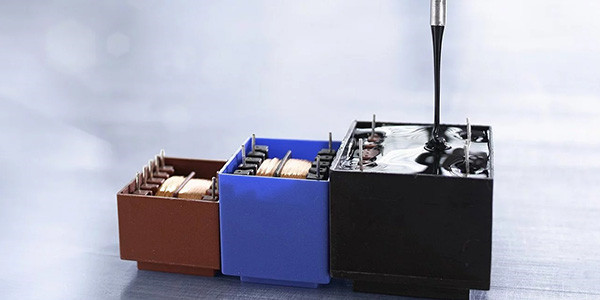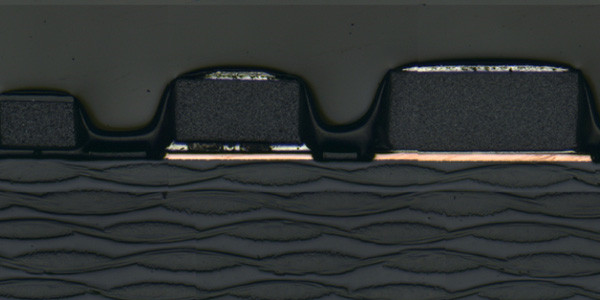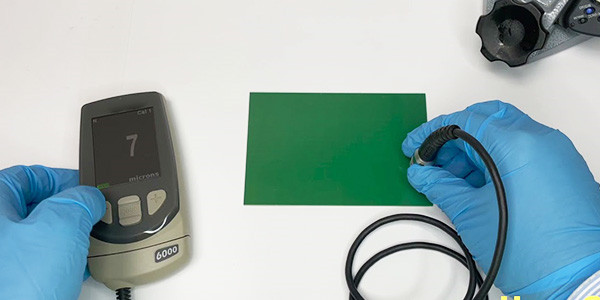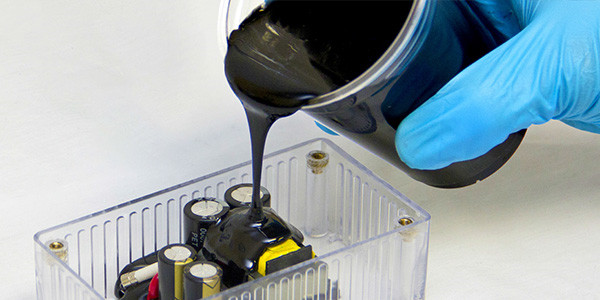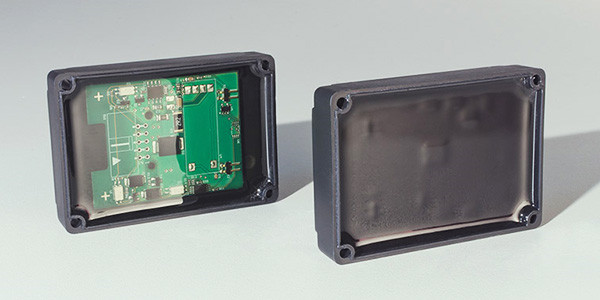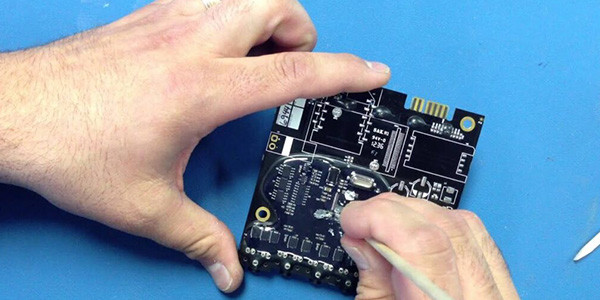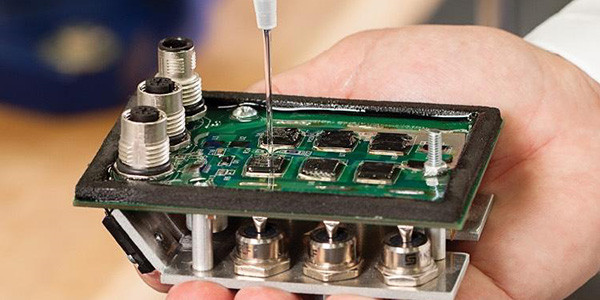Potting Compound Knowlege
Potting compounds are crucial in various industries, offering electronic components protection, insulation, and stability. Whether you’re an engineer, a hobbyist, or a curious learner, understanding the nuances of potting compounds can enhance your projects and decision-making processes. This comprehensive guide delves into the world of potting compound knowledge, exploring its types, applications, benefits, and considerations.
Understanding Potting Compounds
Potting compounds encapsulate electronic components, providing mechanical support and environmental protection. They are typically liquid resins that cure into solid forms, surrounding the device and sealing it from moisture, dust, and other contaminants. These compounds come in various formulations, each tailored to specific requirements such as temperature resistance, flexibility, and dielectric strength.
Types of Potting Compounds
- Epoxy Resins: Epoxy-based potting compounds are renowned for their excellent adhesion and chemical resistance. They offer robust protection against harsh environments and are commonly used in automotive, aerospace, and industrial applications.
- Silicone Compounds: Silicone potting compounds are prized for their flexibility, thermal stability, and electrical insulation properties. They are ideal for applications where temperature extremes and vibration are prevalent, such as in LED lighting, power supplies, and outdoor electronics.
- Polyurethane Compounds: Polyurethane potting compounds strike a balance between rigidity and flexibility. They provide good moisture resistance and mechanical protection, making them suitable for marine electronics, sensor devices, and consumer electronics applications.
Applications of Potting Compounds
- Electronics Protection: Potting compounds shield electronic components from moisture, chemicals, and physical damage, prolonging their lifespan and reliability. They are extensively used in various industries, such as circuit boards, sensors, connectors, and power modules.
- Vibration Dampening: Potting compounds absorb vibrations and shocks, reducing the risk of component failure caused by mechanical stress. This property makes them indispensable in automotive electronics, motor controls, and heavy machinery.
- Thermal Management: Certain potting compounds possess excellent thermal conductivity, dissipating heat away from sensitive components. They help maintain optimal operating temperatures in power electronics, LED assemblies, and high-performance computing systems.
Benefits of Potting Compounds
- Enhanced Reliability: By sealing components from environmental factors, potting compounds improve device reliability and longevity, reducing the need for frequent maintenance and replacements.
- Improved Performance: Potting compounds can enhance electrical insulation, thermal dissipation, and mechanical stability, thereby optimizing the performance of electronic systems even in challenging conditions.
- Simplified Design: Design engineers can achieve compact and streamlined product designs by utilizing potting compounds to integrate multiple components into a single unit, saving space and assembly time.
Considerations for Choosing Potting Compounds
- Environmental Compatibility: Select a potting compound compatible with your application’s operating environment, considering factors such as temperature range, chemical exposure, and UV resistance.
- Curing Method: Different potting compounds require specific curing methods, including heat curing, room temperature curing, and UV curing. Choose a formulation that aligns with your manufacturing process and timeline.
- Mechanical Properties: Evaluate the mechanical properties of potting compounds, such as hardness, flexibility, and impact resistance, to ensure compatibility with your application’s requirements.
In conclusion, knowledge of potting compounds is indispensable for engineers, designers, and enthusiasts seeking to enhance electronic devices’ reliability, performance, and longevity. By understanding the types, applications, benefits, and considerations of potting compounds, you can make informed decisions to optimize your projects and products for success.

